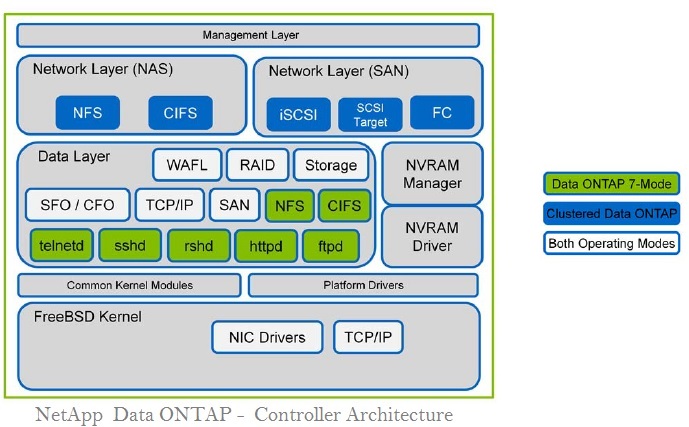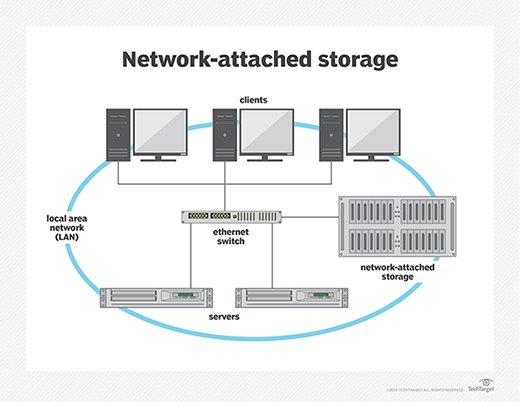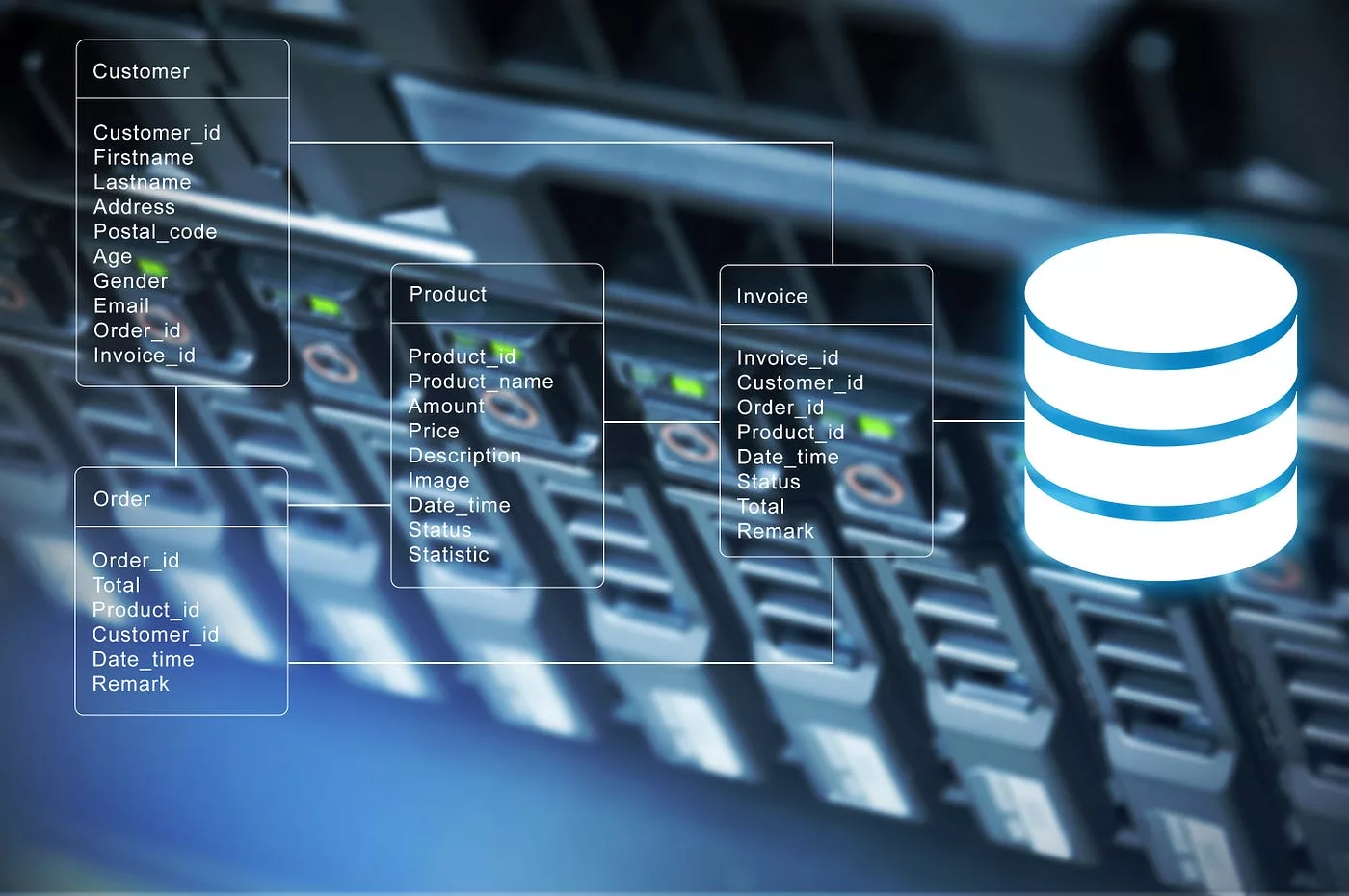Welcome to the fast-paced world of big data processing! In today’s digital landscape, organizations are constantly seeking innovative ways to extract insights and make informed decisions in real time. That’s where Spark comes into play – a powerful open-source framework that is revolutionizing the way we handle massive amounts of data. With its lightning-fast speed, scalability, and versatility, Spark has become the go-to solution for companies looking to harness the power of real-time big data processing. So buckle up and get ready to dive into the exciting world of Spark!
What is Spark?
What exactly is Spark, and why is it causing such a buzz in the tech world? Well, at its core, Spark is an open-source distributed computing system that provides lightning-fast processing power for big data. It was designed to overcome the limitations of traditional batch processing systems by introducing real-time capabilities.
Unlike other frameworks, Spark offers an in-memory computing model which allows for faster data processing and iterative computations. This means that instead of reading data from disk storage every time, Spark keeps the data in memory, resulting in significantly reduced latency and improved performance.
What are the key components?
One of the key components of Spark is its Resilient Distributed Dataset (RDD) – a fault-tolerant collection of objects that can be processed in parallel across a cluster. RDDs are highly flexible and can handle various types of workloads, such as batch processing, interactive queries, machine learning, and streaming data.
Spark also provides a user-friendly programming interface with support for multiple languages, including Scala, Java, Python, and R. This makes it accessible to developers with different skill sets and allows them to leverage their existing knowledge while working with large-scale datasets.
In addition to its speed and versatility, another standout feature of Spark is its ability to seamlessly integrate with other big data technologies such as Hadoop Distributed File System (HDFS), Apache Hive for SQL-like querying language support, Apache Kafka for real-time stream processing integration, and more. This interoperability makes it easier for organizations to incorporate Spark into their existing infrastructure without major disruptions or costly migrations.
So there you have it – a brief introduction to what makes Spark so special! In the following sections, we will explore how this powerful framework actually works under the hood, along with its numerous benefits and exciting use cases. Stay tuned!
How Spark Works
Spark is designed to perform real-time big data processing by utilizing a distributed computing model. It works by breaking down large datasets into smaller chunks, known as partitions, and distributing them across a cluster of machines.
At the core of Spark’s architecture is the Resilient Distributed Dataset (RDD), which represents an immutable collection of objects that can be processed in parallel across multiple nodes. RDDs allow for fault tolerance and efficient data processing through their ability to be cached in memory.
Spark leverages a directed acyclic graph (DAG) execution engine called the Spark Core. This engine optimizes task execution by dividing it into stages and scheduling tasks based on dependencies.
To process data, Spark employs transformations and actions. Transformations are operations that create new RDDs from existing ones, such as map or filter functions. Actions trigger computations on RDDs and return results or save data to an external system.
Additionally, Spark supports various programming languages like Scala, Java, Python, and R, making it accessible for developers with different language preferences.
With its efficient computation model and flexibility in programming languages support, Spark enables businesses to leverage real-time big data processing for diverse use cases ranging from machine learning to streaming analytics.
The Benefits of Spark
Spark offers a multitude of benefits that make it an indispensable tool for real-time big data processing.
First and foremost, Spark is lightning-fast. Its in-memory computing capability allows for near real-time processing, making it ideal for applications that require instant responses or quick iterations on large datasets.
Additionally, Spark’s ease of use is another major advantage. With its unified API, developers can write code in various languages such as Scala, Java, Python, or R. This flexibility not only enhances productivity but also enables teams to work with familiar programming languages.
Spark also provides fault tolerance by storing data in resilient distributed datasets (RDDs). RDDs allow for the automatic recovery of lost data partitions, ensuring uninterrupted operation even in the event of failures.
Furthermore, Spark’s scalability is remarkable. It can seamlessly scale from running on a single machine to massive clusters without any significant changes to the codebase. This horizontal scalability makes it well-suited for handling growing datasets and increasing workloads.
Another benefit worth mentioning is Spark’s extensive ecosystem. It integrates with popular big data technologies like Hadoop and Apache Kafka, allowing users to leverage existing tools and frameworks within their pipelines easily.
One cannot overlook the cost-effectiveness of using Spark. By efficiently utilizing cluster resources and optimizing memory management techniques like caching and lazy evaluation, organizations can reduce infrastructure costs while maintaining high-performance levels.
Use Cases for Spark
Spark is an incredibly versatile tool that can be used in a wide range of industries and scenarios. Here are just a few examples of how Spark can be utilized:
- Data Analytics: Spark’s ability to process large amounts of data in real-time makes it ideal for data analytics tasks. Organizations can use Spark to gain valuable insights from their data, identify patterns, and make informed decisions.
- Machine Learning: Spark provides a powerful platform for implementing machine learning algorithms at scale. It enables organizations to train models on large datasets quickly and efficiently, leading to more accurate predictions and better decision-making.
- Fraud Detection: With its fast-processing capabilities, Spark is well-suited for detecting fraud in real-time across various sectors such as finance or e-commerce. By analyzing patterns and anomalies in transactions, organizations can identify fraudulent activities promptly.
- Recommendation Systems: Many online platforms rely on recommendation systems to enhance user experience and increase customer engagement. Spark’s ability to handle massive datasets allows businesses to build personalized recommendation engines that deliver relevant content based on user’s preferences.
- Internet of Things (IoT): The IoT generates vast amounts of streaming data that need immediate processing and analysis for timely actions or insights generation; this is where Spark comes into play by enabling real-time analytics on the streaming data generated by connected devices.
- Streaming Applications: Spark Streaming framework supports the development of scalable stream-processing applications. This enables near-real-time processing of live streams helping companies with monitoring social media trends or tracking stock market changes instantly.
These are just a few examples highlighting the extensive range of use cases where Apache Spark excels! Whether it’s improving business operations through advanced analytics or powering cutting-edge machine learning applications, there’s no doubt that leveraging the power of real-time big data processing with Spark can unlock endless possibilities for organizations worldwide!
How to Get Started with Spark
Getting started with Spark may seem daunting, but it doesn’t have to be. Here are a few steps to help you kickstart your journey with this powerful big-data processing framework:
- Set up your environment: Start by installing Spark on your local machine or cluster. You can choose from various distributions such as Apache Spark, Databricks, or Cloudera.
- Learn the basics: Familiarize yourself with the core concepts of Spark, including Resilient Distributed Datasets (RDDs), data frames, and the RDD lineage graph.
- Choose a programming language: Spark supports multiple programming languages like Java, Scala, Python, and R. Select one that suits your needs and expertise.
- Explore the ecosystem: Dive into the vast ecosystem of tools and libraries built around Spark that cater to different use cases – from machine learning with MLlib to stream processing with Structured Streaming.
- Leverage online resources: Take advantage of online tutorials, documentation guides, forums, and communities dedicated to supporting beginners in their journey with Spark.
- Practice hands-on coding: The best way to learn is through practice! Build small projects or work on sample datasets using Spark’s APIs to gain practical experience.
- Join training programs or courses: Consider enrolling in formal training programs or online courses offered by platforms like Coursera or Udemy for more structured learning opportunities.
- Stay updated with new releases: Keep an eye out for new versions of Spark as they often bring improvements in performance and functionality – staying current will ensure you’re making the most of its capabilities.
Remember that mastering any technology takes time and persistence; don’t get discouraged if you face challenges along the way! With patience and dedication, you’ll soon harness the power of real-time big data processing through Apache Spark!
So why wait? Start exploring today!





